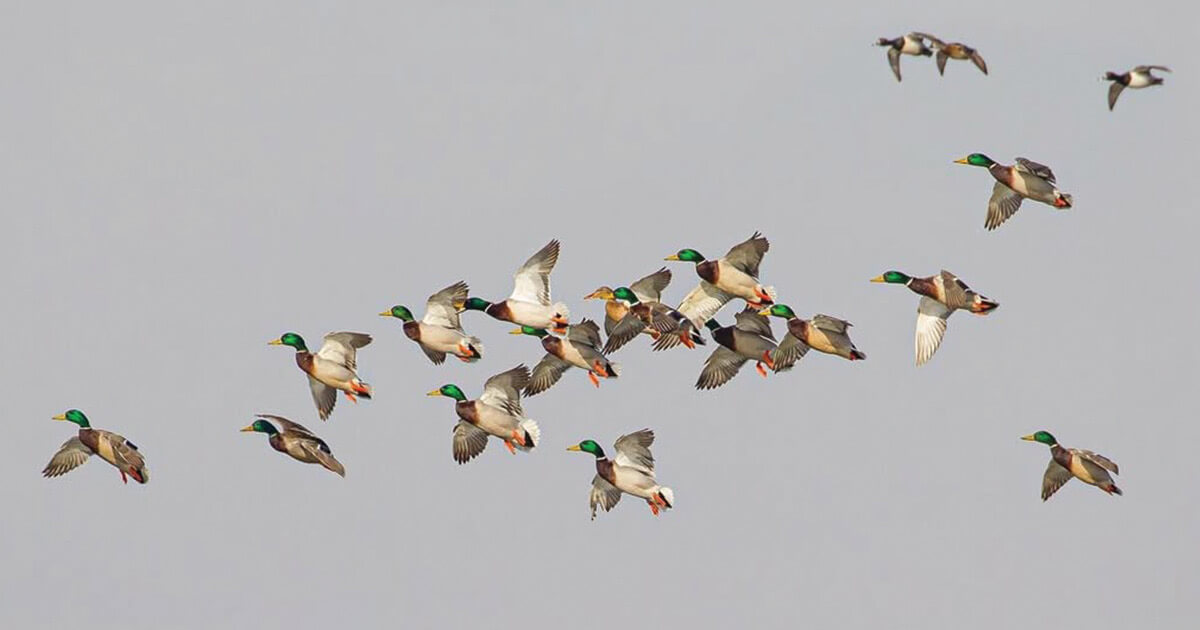
Wetlands make up more than 50 percent of the surface area of Alaska. The interior of Alaska is hydrologically driven by riverine systems and dominated by boreal forest. Most shallow lakes and wetlands in the boreal forest were formed by river processes. These systems contain vast areas suitable for emergent or submergent vegetation, supporting a diversity of waterfowl species in the western boreal forests of Alaska that rival that of the Prairie Pothole Region.
Ducks Unlimited uses cookies to enhance your browsing experience, optimize site functionality, analyze traffic, and deliver personalized advertising through third parties. By continuing to use this site, you agree to our use of cookies. View Privacy Policy